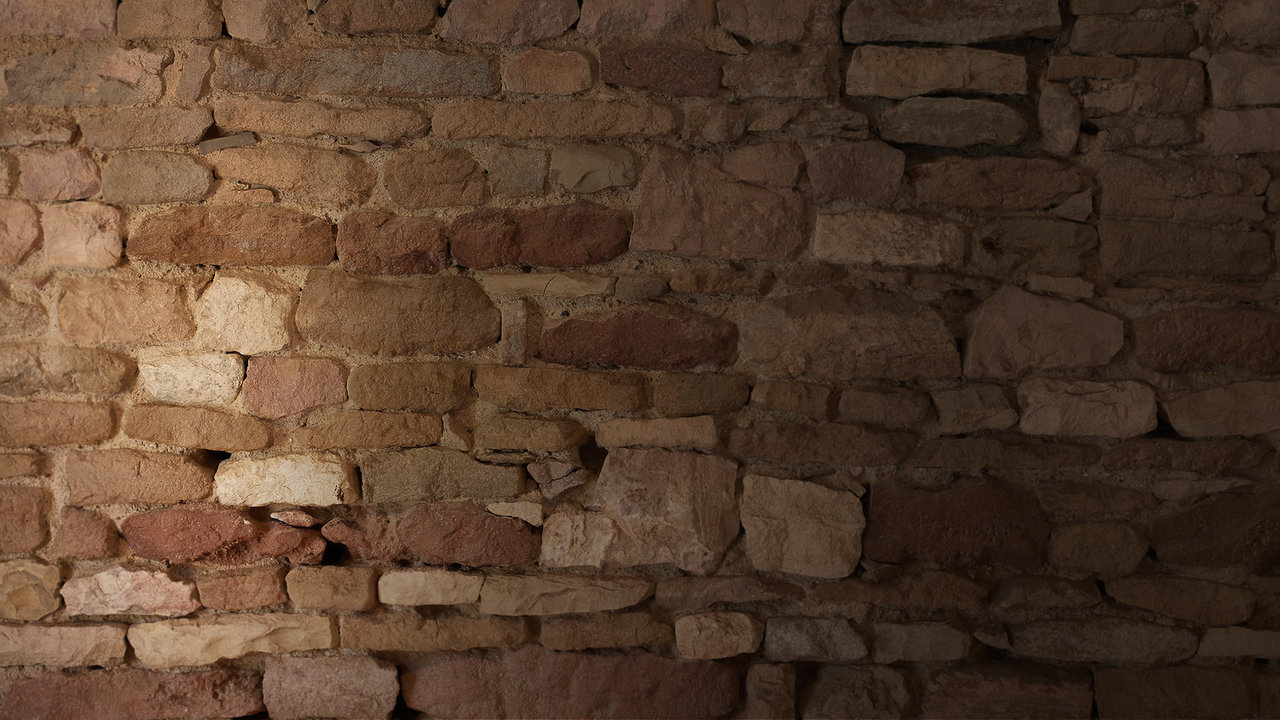Mercurey rouge Premier Cru
"Champs Martin"
 Terroir
Terroir
Our vineyard of Champs Martin was planted in 2002.
Total area : 0,49 hectares (1,2103 acres)
Climat & Soil : South exposure, high altitude on a smooth slope. The soil is mainly composed by clay and limestone with a clay predominance. Limestone vein is taking place in the middle of the plot bringing a great drainage.
Total area : 0,49 hectares (1,2103 acres)
Climat & Soil : South exposure, high altitude on a smooth slope. The soil is mainly composed by clay and limestone with a clay predominance. Limestone vein is taking place in the middle of the plot bringing a great drainage.
 Winemaking and Aging
Winemaking and Aging
To preserve their integrity, grapes are carefully harvested and sorted out by hand.
Before beginning the alcoholic fermentation we make a cold pre-fermentation during 4 to 6 days to work on the phelonic component's exctraction. Grapes are previously partially destemmed. Then full maceration lasts for 15 days during which we'll use only pigeages (punching the cap). Intensity and numbers are lead to the concentration of tannins, perfumes and colour.
Alcoholic fermentation is realized with natural yeasts.
After maceration, free and press wines are separated for aging.
Aging process is taking place 100% in traditional Burgundian 228 liters barrels during 15 months with around 30% of new barrels.
We only use French oak coming mainly from Bourgogne, Allier and Vosges forests.
Before beginning the alcoholic fermentation we make a cold pre-fermentation during 4 to 6 days to work on the phelonic component's exctraction. Grapes are previously partially destemmed. Then full maceration lasts for 15 days during which we'll use only pigeages (punching the cap). Intensity and numbers are lead to the concentration of tannins, perfumes and colour.
Alcoholic fermentation is realized with natural yeasts.
After maceration, free and press wines are separated for aging.
Aging process is taking place 100% in traditional Burgundian 228 liters barrels during 15 months with around 30% of new barrels.
We only use French oak coming mainly from Bourgogne, Allier and Vosges forests.
 Tasting notes
Tasting notes
Beautiful garnet cherry colour. Bright.
Delicate nose with raspberry perfume predominant, surrounding by flowers (peony and roses) and smooth spices as cinnamon.
Fresh fruits are expressive on the palate and spicy notes. Cacao is ending on the aftertaste.
Delicate nose with raspberry perfume predominant, surrounding by flowers (peony and roses) and smooth spices as cinnamon.
Fresh fruits are expressive on the palate and spicy notes. Cacao is ending on the aftertaste.
 Food and wine pairings
Food and wine pairings
The Mercurey rouge Premier Cru 'Champs Martin' 2014 will perfectly match with a Burgundy fondue, lamb shoulder, Comté of Tomme.
 Service and cellaring
Service and cellaring
It can be served from now at 13-14°C or kept in cellar for 4 to 7 years.
 Art of tasting
Art of tasting
Owning great wines in your cellar is not enough, you also need to know how to serve them.
Température is an essential element, around 53-57° F for the white and 55-59°F for the red. And if you don't have the right tasting glass which will amplify the wines's aromas, you may considerably reduce your tasting pleasure.
A great glass gives a large ventilation surface to the wine and a tightening neck, which allow the nose to grasp more easily the richness and the complexity of a great wine.
Température is an essential element, around 53-57° F for the white and 55-59°F for the red. And if you don't have the right tasting glass which will amplify the wines's aromas, you may considerably reduce your tasting pleasure.
A great glass gives a large ventilation surface to the wine and a tightening neck, which allow the nose to grasp more easily the richness and the complexity of a great wine.


